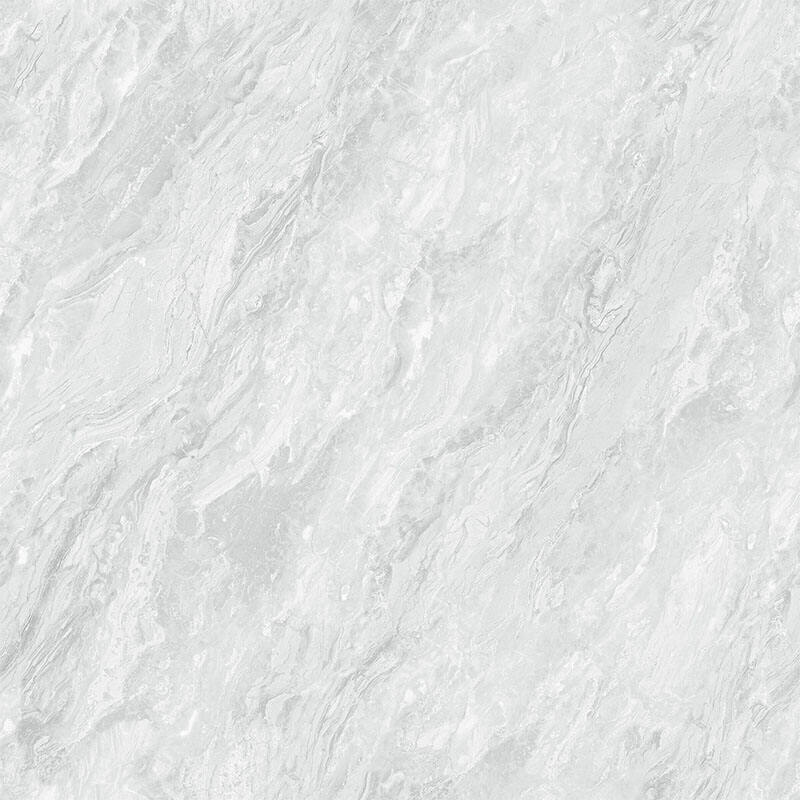Chapter 1: The World of Tiles
A tile is a thin object usually square or rectangular in shape and used to cover floors, walls, and ceilings. It is available in a variety of materials: porcelain, ceramic, glass or stone and comes with wide range colors and design selection. Naturally, tiles are more popular and very easy to clean & maintain due so its sustainability properties.
The Benefits of Using Tiles
Tiles are a several advantages and some of them are vast. In addition to being incredibly robust, and able to withstand high levels of foot traffic - hence their popularity for commercial spaces - porcelain pavers are also very low maintenance and easy clean. They can be used for many things and are versatile in applications such as flooring (... strong), wall coverings (elegance) or just combined with beautiful elements. Tiles come in a wide variety of designs and colours, hence many different types to suit every taste.
Making A Splash With Innovation In Tiles Production
When it comes to developing new and better products that attend the needs of ceramic consumers, innovation has substantial value in tile manufacturing. Mohawk Industries - the company behind this product innovation first to use advanced digital printing technology for realistic tile imagery Moreover, they are a company that cares for the nature of their activities as they use recycled materials in fabrication so it turns out to be an incredibly responsible choice.
Prioritizing Safety in Tiles
Effects of Trailing - Safety is the primary concern when it comes to tiles, particularly on floors in tight-wheel commercial places that need high-traction. In response to these concerns, a number of manufacturers have produced tiles with safety in mind and thus created products that feature specialized texture which prevents slipping accidents. Safety tiles from Crossville, Inc. lead the way but with this innovation -- and offers its pioneering technology of times arrow combined into natural textures in a durable tile finish that has better production!
The Art of Installing Tiles
Applying tiles is a labour-intense, time-consuming process that requires both patience and an incredible amount of precision. The application of tiles needs the surface to be properly prepared so that they get closely bonded. After which, the adhesive and grout are spread on to attach that tiles. Follow the manufacturer's pulls to ensure maximum output. Also, choosing the right tile for a given task is equally important as an instance porcelain tiles are good at floors while glasses should be on walls.
Quality in Tile Manufacture
The way they are produced will go a long ways towards how well it holds up over time and looks. To meet these stringent requirements, several manufacturers focus on high-quality tile. Widespread use of intensive manufacturing techniques like digital printing and water-jet cutting, mean companies such as Emser Tile are front-runners for larger organizations where only the highest grade tiles will do. It offers a vast selection of tiles varying from porcelain, ceramic, stone and glass that can satisfy the different requirements/preferences.
In Conclusion
To summarize let us conclude that the tiles are a versatile and enduring option against any flooring or wall coverage used universally across different applications. Manufacturers are always innovating to develop new materials that are more environmentally friendly, slip-resistant surfaces and complex patterns as well as different types of tiles in many material options with a multitude of shapes, sizes, textures and designs. This is why, companies such as Mohawk Industries, Crossville Inc. and Emser Tile have been investing considerably in research and development to be able to serve best-in-class products that cater for a wide range of consumer requirements. Tiled spaces provide a breadth of benefits, including their longevity, wide range of uses (from feature walls to flooring) and good looks - so long as you follow the manufacturer's instructions correctly when it comes to tile installation.
 EN
EN
 EN
EN
 AR
AR
 BG
BG
 HR
HR
 CS
CS
 DA
DA
 NL
NL
 FI
FI
 FR
FR
 DE
DE
 EL
EL
 HI
HI
 IT
IT
 JA
JA
 KO
KO
 NO
NO
 PL
PL
 PT
PT
 RO
RO
 RU
RU
 ES
ES
 SV
SV
 CA
CA
 TL
TL
 IW
IW
 ID
ID
 SR
SR
 UK
UK
 VI
VI
 SQ
SQ
 HU
HU
 TH
TH
 TR
TR
 AF
AF
 MS
MS
 GA
GA
 BE
BE
 KA
KA
 BN
BN
 LA
LA



